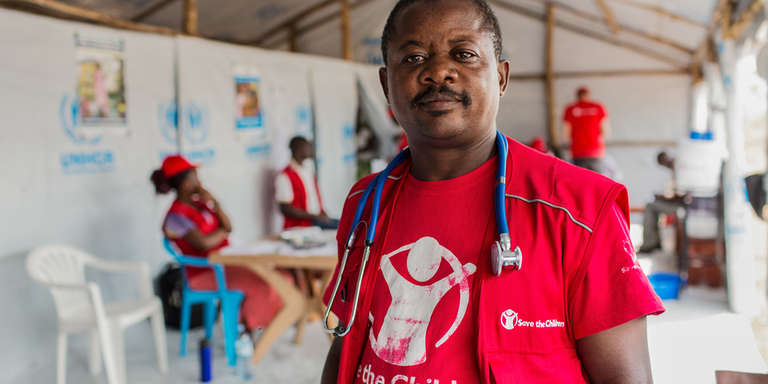Children are the most vulnerable members of our society, and Save the Children is dedicated to ensuring that children in communities around the world are healthy, safe, and educated. Established in 1919 as the first organization dedicated solely to serving the needs of children and protecting their rights, Save the Children has been changing the lives of over 1 billion children in 120 countries during its 100 years of operation.
Save the Children has played an instrumental role in creating a bright future for the children in its program with initiatives dedicated to providing children with safety, protection, healthcare, food, and additional educational opportunities. Save the Children has three headquarters in the United States, with offices in Fairfield, Connecticut, Washington, D.C., and Lexington, Kentucky, but it also supports a robust remote workforce that is dispersed across the U.S. and the rest of the globe.
Coordinating a globally dispersed workforce
With a globally dispersed workforce and a range of important programs, Save the Children’s teams need to stay in constant communication. However, its legacy video communications system created friction in the user experience and wasted valuable time.
“We have about 70 conference rooms across our three headquarters,” said Charlie Germano, Save the Children’s Senior Director of IT and Security Operations. “And the first 10 minutes of every meeting was spent trying to configure the solution. My team runs the help desk, and every hour — almost on the hour — someone would come to us in a panic because they couldn’t figure out the tool and get their meeting to start. It just wasn’t sustainable.”
Save the Children’s legacy video conferencing solution also made it difficult to keep its remote workers updated on important changes within the organization. The charity holds a monthly allstaff meeting over video conference in which the CEO and senior leadership discuss strategic goals, the overall state of the organization, and other important issues. However, Save the Children experienced issues with reliability and connectivity during these meetings.
“We introduce new employees, we discuss strategy and new programs, we cover some really important information during these all-staff calls,” Germano said. “Half of our employees don’t work out of our headquarters buildings, and that meant that half of our employees weren’t getting that messaging because we didn’t have a great way to broadcast video over distance and at scale.”
Employees choose Zoom
The IT teams at Save the Children were in the process of reviewing different video conferencing options when they noticed that some of their employees were using Zoom. Germano and his team decided to evaluate the solution, and after a demo of the product, they decided to implement Zoom across the organization. Employees at Save the Children fell in love with Zoom and began using it immediately, which made adoption a breeze.
“Often when you introduce a new tool, you have to drag everyone else along for the ride,” Germano said. “But in this case, it was an IT leader’s dream, where your own employees drive the adoption of a new tool. We were hooked from day one.”
Germano immediately noticed that his IT teams received fewer support tickets relating to the conference rooms, which he attributes to the simplicity of Zoom Rooms.
“I can’t tell you how much better our experience is in the conference rooms,” Germano said. “Just being able to walk into a room and start a meeting with one click on an iPad is amazing. My IT team’s lives are much easier now.”
The teams at Save the Children also found that they were able to improve organization-wide communications using Zoom. Leveraging Zoom Webinars, Save the Children was able to host all-staff calls that remote employees could reliably attend, which improved the organization’s ability to deliver internal messaging.


